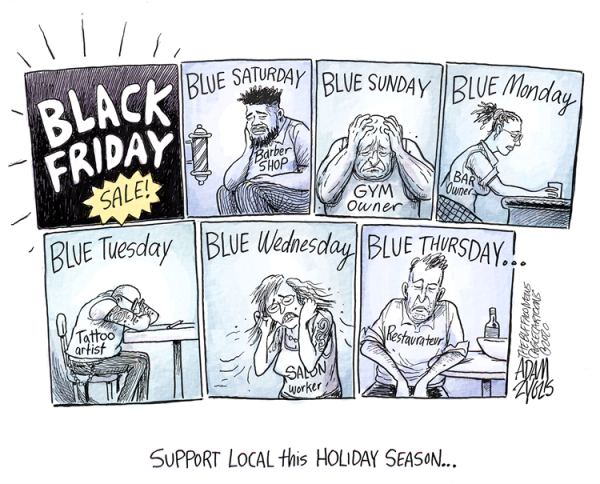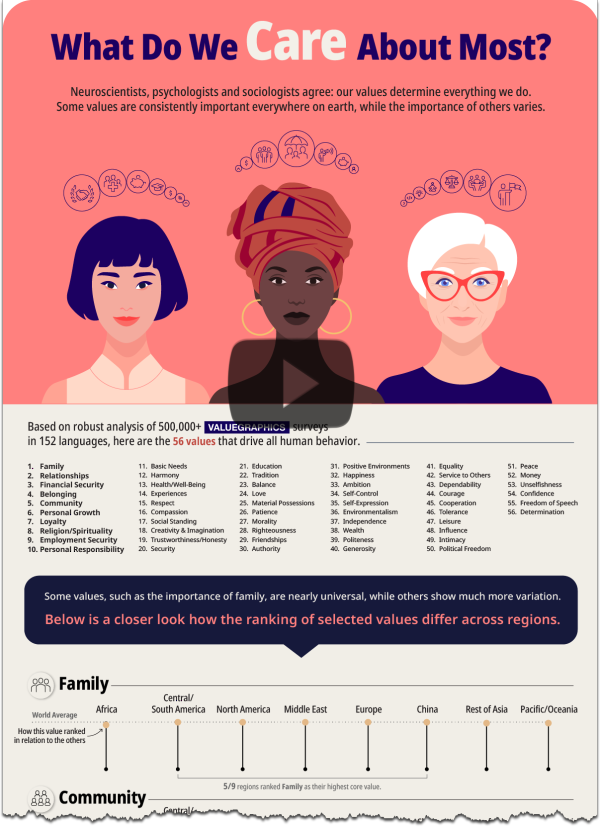Whether you think you can or you think you can't. You're right. – Henry Ford
Processing the possibilities of tomorrow is very difficult for humans. Part of the problem is that we're wired to think locally and linearly. It's a monumental task for us to fathom exponential growth … let alone its implications. For example, consider what happened to seemingly smart and forward-looking companies like Kodak, Blockbuster Video, or RadioShack.
The world changes quickly.
Change is constant. The wheels of innovation and commerce spin ever-faster (whether you're ready for it, or not).
As a practical matter, it means that you get to choose between the shorter-term pain of trying to keep up … or the longer-term pain of being left behind. Said a different way, you have to choose between chaos or nothing.
It is hard to keep up – and harder to stay ahead.
Personally, I went from being one of the youngest and most tech-savvy people in the room to a not-so-young person close to losing their early-adopter beanie. Sometimes it almost seems like my kids expect me to ask them to set my VCR so it stops flashing 12:00 AM all day.
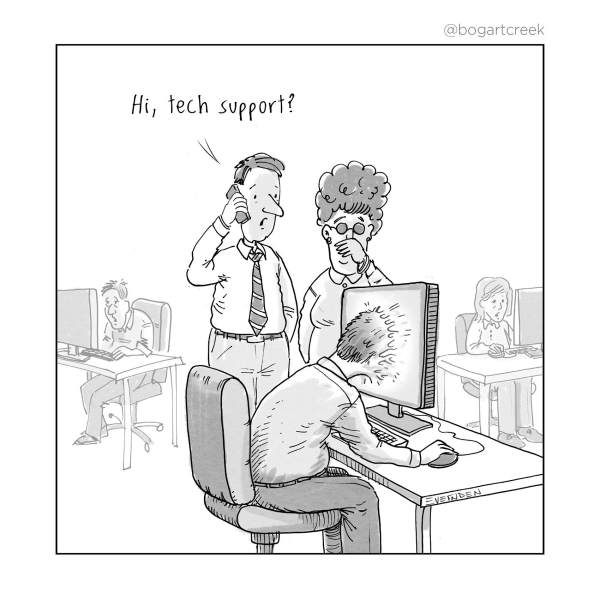
My company may not really do "rocket science", but it's pretty close. We use exponential technologies like high-performance computing, AI, and machine learning.
But, as we get "techier," I get less so … and my role gets less technical, over time, too.
Because of my age, experience, and tendency to like pioneering … I've battled technology for decades.
Don't get me wrong, technology has always been my friend. I still love it. But my relationship with it is different now.
I tend to focus on the bigger picture. Also, I tend to appreciate technology on a more "intellectual" or "conceptual level" – but in a far less detailed way (and with much less expectation of using the technology, directly, myself).
The Bigger Picture
My father said, not worrying about all the little details helped him see the bigger picture and focus on what was possible.
You don't have to focus on the technological details to predict its progress. Anticipating what people will need is a great predictor of what will get built. That means predicting "what" is often easier than predicting "how'. Why? Because technology doesn't often look for a problem; rather, it is the response to one.
Here's a video from 1974 of Arthur C. Clarke making some very impressive guesses about the future of technology.
via Australia Broadcasting Corporation
Artificial Intelligence, quantum computing, augmented reality, neuro-interfaces, and a host of exponential technologies are going to change the face and nature of our lives (and perhaps life itself). Some of these technologies have become inevitabilities … but what they enable is virtually limitless.
Where do see this going?
We certainly live in exciting times.
Onwards.


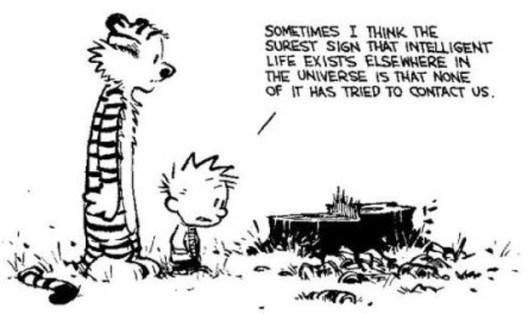
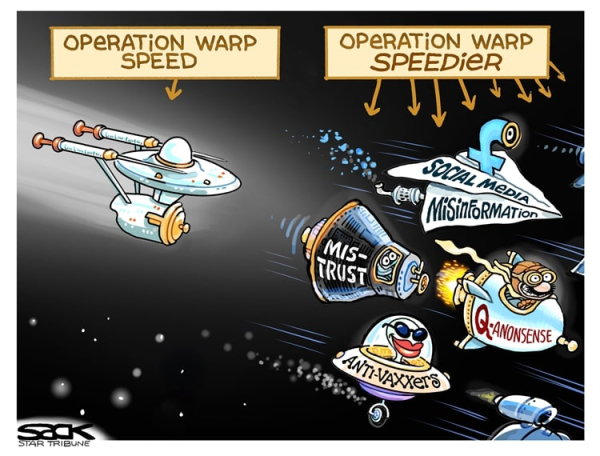
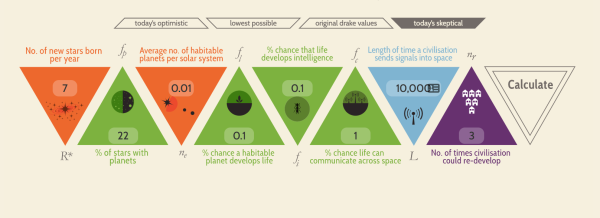 via
via 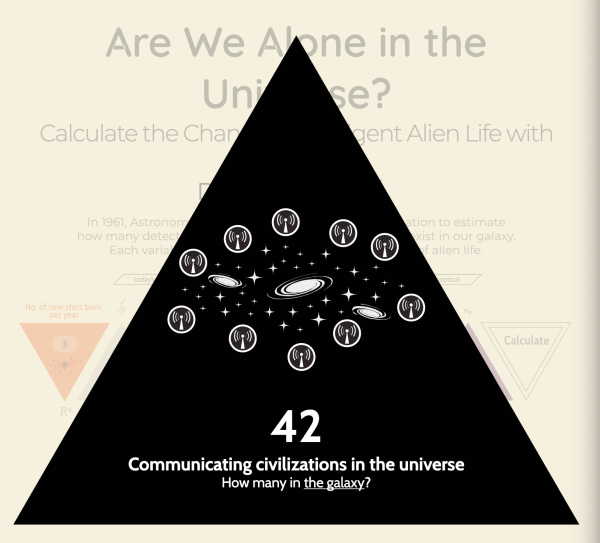 via
via 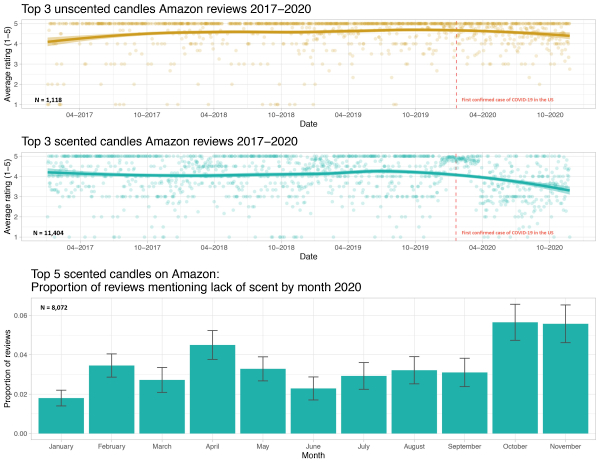 via
via 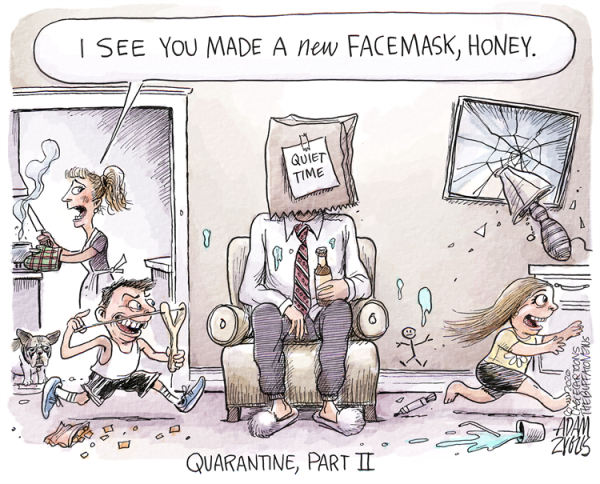
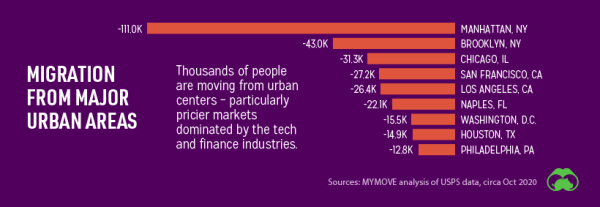
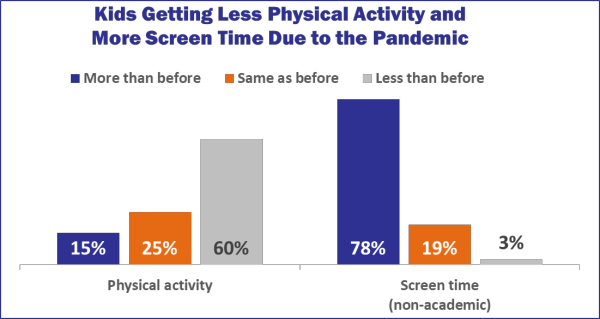
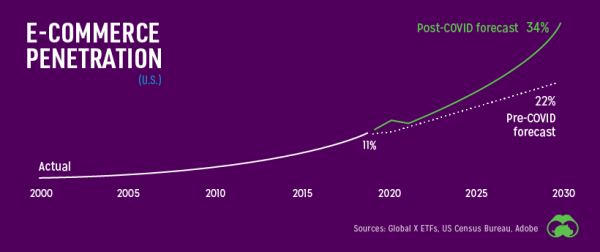 via
via 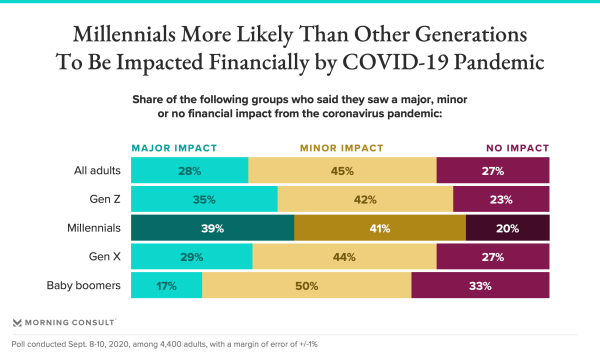 via
via 